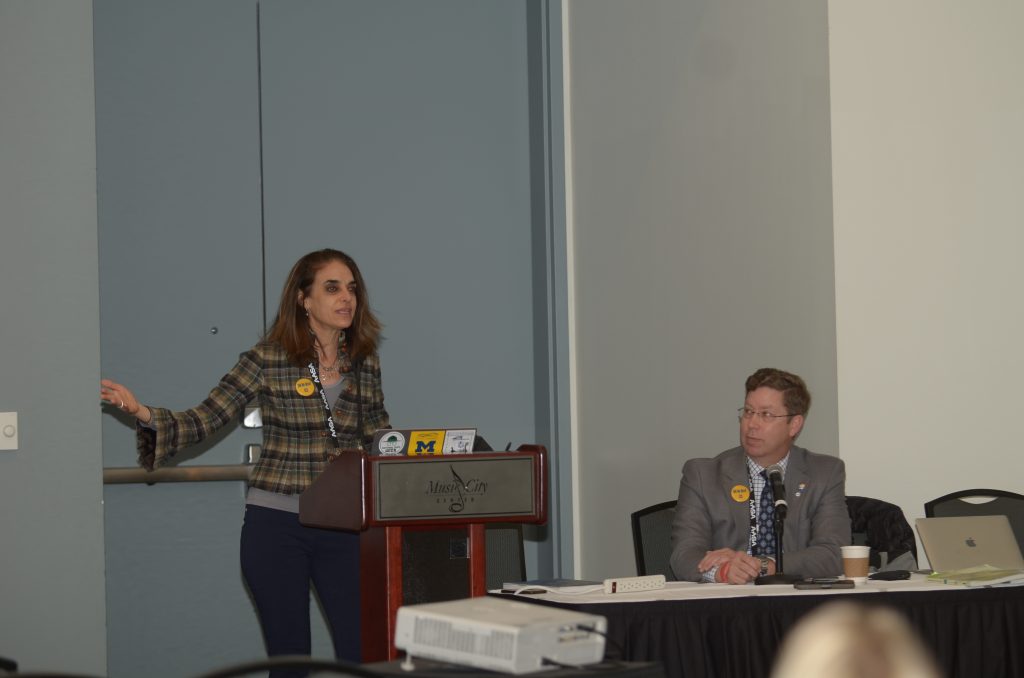Early childhood is a critical part of learning, said two panelists during a “Best Practices in Early Learning” conference session, and play can keep students engaged.
Superintendent Edward Manuszak of Dundee, Mich., and Susan Friedman, senior director for publishing and professional learning at the National Association for the Education of Young Children, discussed their approach to more effective early childhood learning early Saturday morning.
Manuszak and Friedman worked together on the AASA Early Learning Cohort: Early Childhood & Learning Toolkit and NAEYC’s Developmentally Appropriate Practice in Early Childhood Programs: Serving Children from Birth Through Age 8, Fourth Edition book.
“It’s not just about those kids [younger than five years old] and in kindergarten classes,” Manuszak said. “It’s about all the kids.”
Both resource focus on Developmentally Appropriate Practice (DAP), a skill-focused theory that helps children reach their learning potential by engaging them in more joyful and playful learning environments.
DAP can be implemented through curriculum, but is primarily included in a child’s learning journey through classroom exposure. Teachers and other educators can learn about DAP and how to use it to affect a child’s experience through the Early Childhood & Learning Toolkit, which is a free online resource.
Play in a child’s curriculum can include but is not limited to the addition of a creative space with arts and crafts. Additionally, Friedman mentioned a scenario from Developmentally Appropriate Practice in Early Childhood Programs about a student who, learning in two languages, could better understand a story when she was able to act out the parts.
“Your curriculum can cover all the learning points, scopes, sequences and all the things but is it engaging to the children?” Friedman asked.
(Kahwit Tela is a reporting intern for Conference Daily Online. He is a journalism and new media major at Lipscomb University in Nashville, Tenn.)


